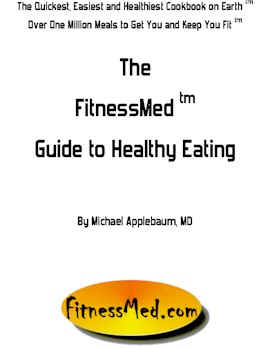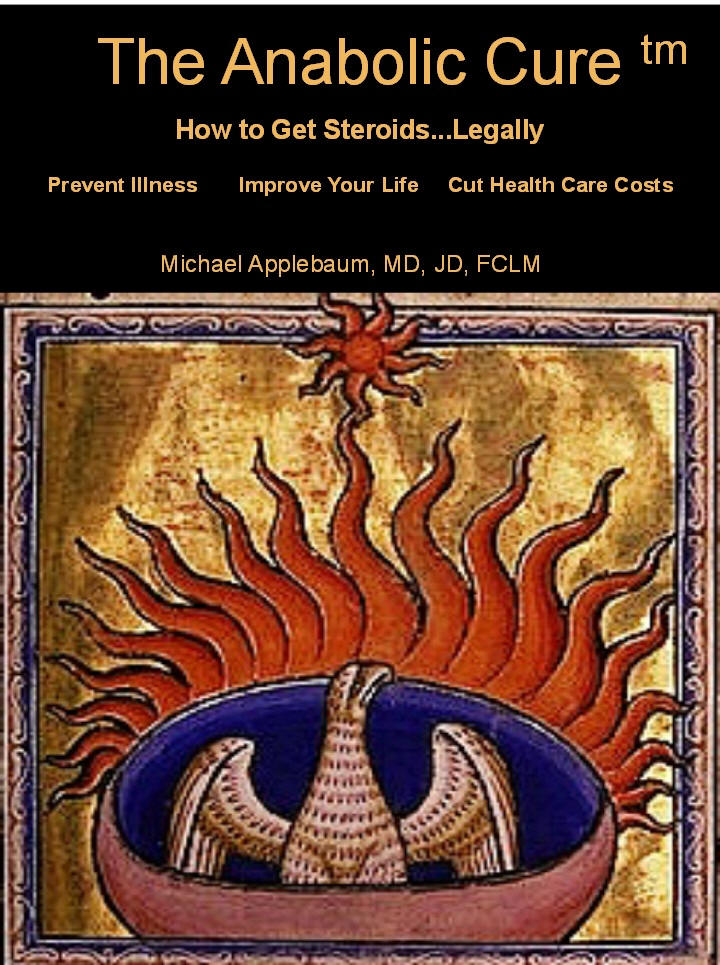Postmenopausal women who consumed yerba mate (Ilex paraguariensis) tea had higher bone mineral density (BMD) compared with women who did not drink the tea, Andrea Conforti, MD, from the Program for the Prevention and Treatment of Osteoporosis in Mendoza, Argentina, and colleagues report in the January 2012 issue of Bone.No difference in bone loss.
Yerba mate is a xanthine-containing beverage that is popular in South America. It may be prepared as an infusion of dried leaves steeped in hot water and then filtered. More commonly, it is consumed through a metal straw inserted into a dried gourd containing the leaves, over which hot water is poured repeatedly, and it was these users who were included in the study. By this method, the tea contains caffeine at a concentration of about 330 mg/L.
In this cross-sectional, observational study, investigators identified postmenopausal women in the osteoporosis program who drank at least 1 L of yerba mate tea daily for at least 5 years (n = 146) and matched them by age and time since menopause with an equal number of women who did not drink yerba mate tea. Both groups were fairly sedentary, defined as not being in a program of physical exercise...
Although the yerba mate group had higher lumbar spine and femoral neck BMD at all ages compared with control patients, the slopes of the regression lines for BMD vs age did not differ between the groups, indicating that loss of BMD over time was similar for the tea-drinkers and the control participants.
Do you really think it was the yerba mate that made any alleged difference?








No comments:
Post a Comment